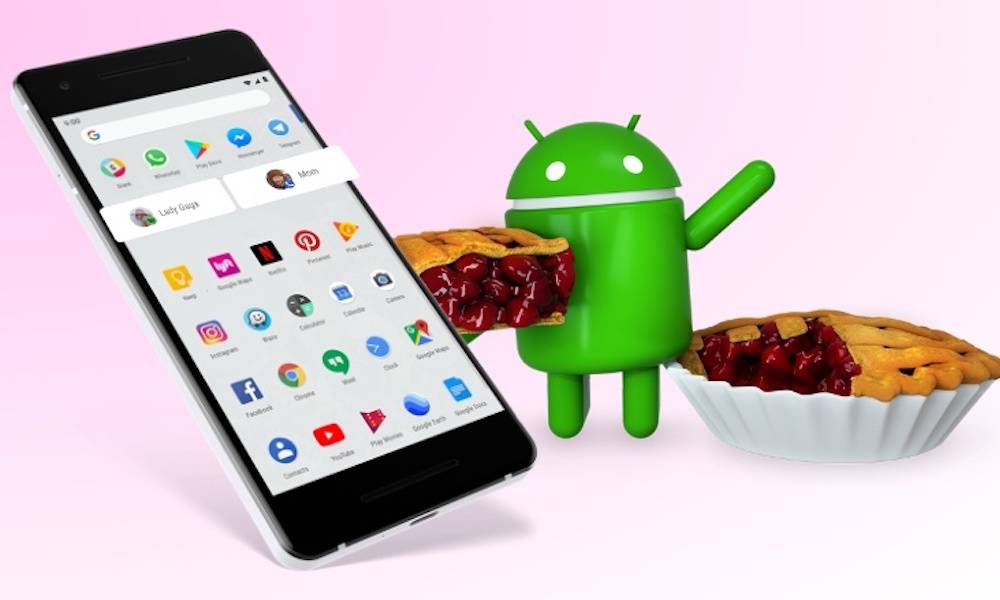Android 9 Pie Is Available Now (But There’s One Big Problem)
 Credit: PocketNow
Credit: PocketNow
Toggle Dark Mode
Google has officially released its Android 9 Pie operating system update for its own Pixel devices this week.
Android 9 Pie introduces a slew of new features to the mobile OS. That includes a new gesture-based user interface system that echoes the iPhone X’s controls.
It also includes “slices,” which allow quick access to in-app functions, and new UI changes that help the OS adapt to smartphones with notches.
It also adds some “digital wellbeing” tools to aid users in spending less time on their phones, as well as an Adaptive Battery feature that uses A.I. to help users maximize the battery life on their devices. Of course, it packs a slew of minor and incremental fixes, too.
Android 9 Pie should be available as an over-the-air update for all Google Pixel devices starting today. It’ll roll out for other popular manufacturers, such as Xiaomi, Oppo, Vivo, OnePlus, Sony and Essential later this year.
But even though the new update is packed with useful features for Android device owners, many of those users won’t ever see the update.
Android’s Ecosystem Problem
The Android ecosystem is extremely fragmented, unlike Apple’s. The Cupertino firm controls both its devices and the software installed on them, which allows it to push out updates and fixes very quickly and efficiently to compatible iPhones, iPads and Macs.
While software updates are rolled out rather quickly for Google’s first-party smartphones, they take some time to arrive on devices made by other manufacturers. That’s because Android releases are tailored by OEMs specifically for their own devices.
Due to that and other factors, the vast majority of Android devices are still running outdated software.
The last version of the Android operating system, Android 8 Oreo, is only installed on about 12 percent of Android devices as of last month, according to the Android developer dashboard.
Older versions of the OS, including Nougat, Marshmallow and Lollipop, make up the lion’s share of the current Android installations. They were released in 2016, 2015 and 2014, respectively.
For comparison’s sake, Apple announced at WWDC ’18 that its latest update — iOS 11 — was installed on 81 percent of devices as of May 2018. About 14 percent has the previous version, iOS 10, while just five percent had an even earlier version of Apple’s mobile operating system installed.






